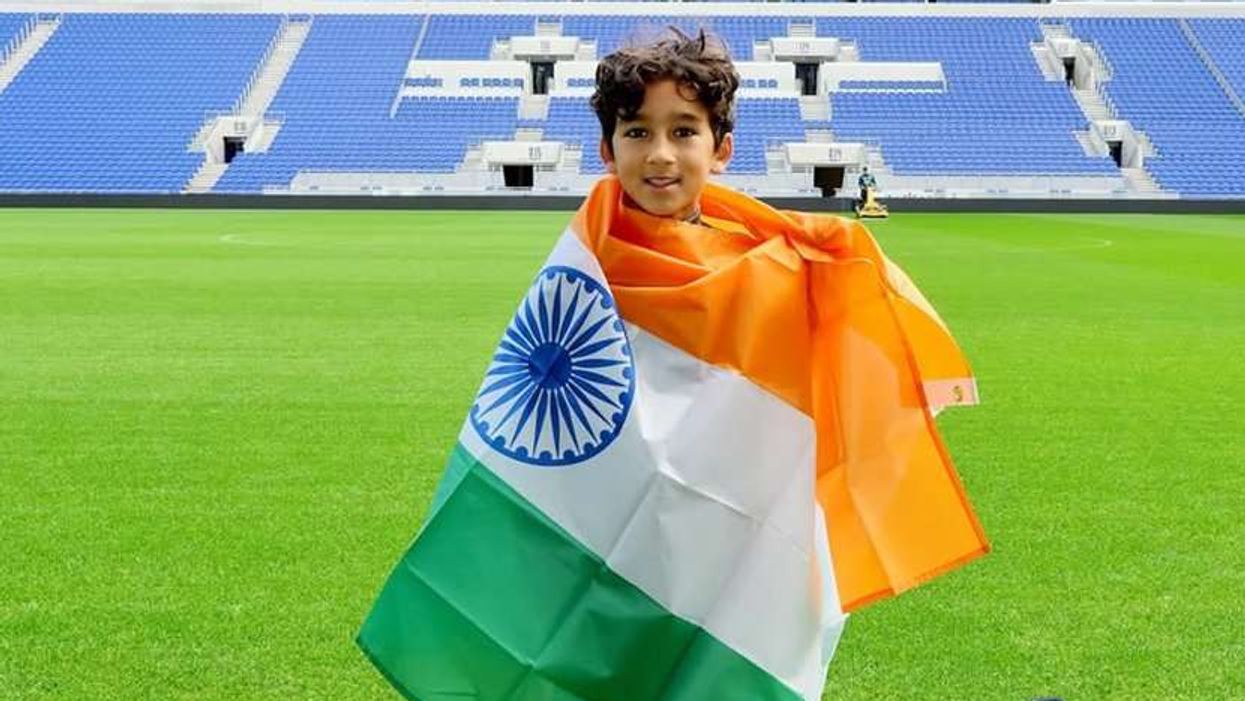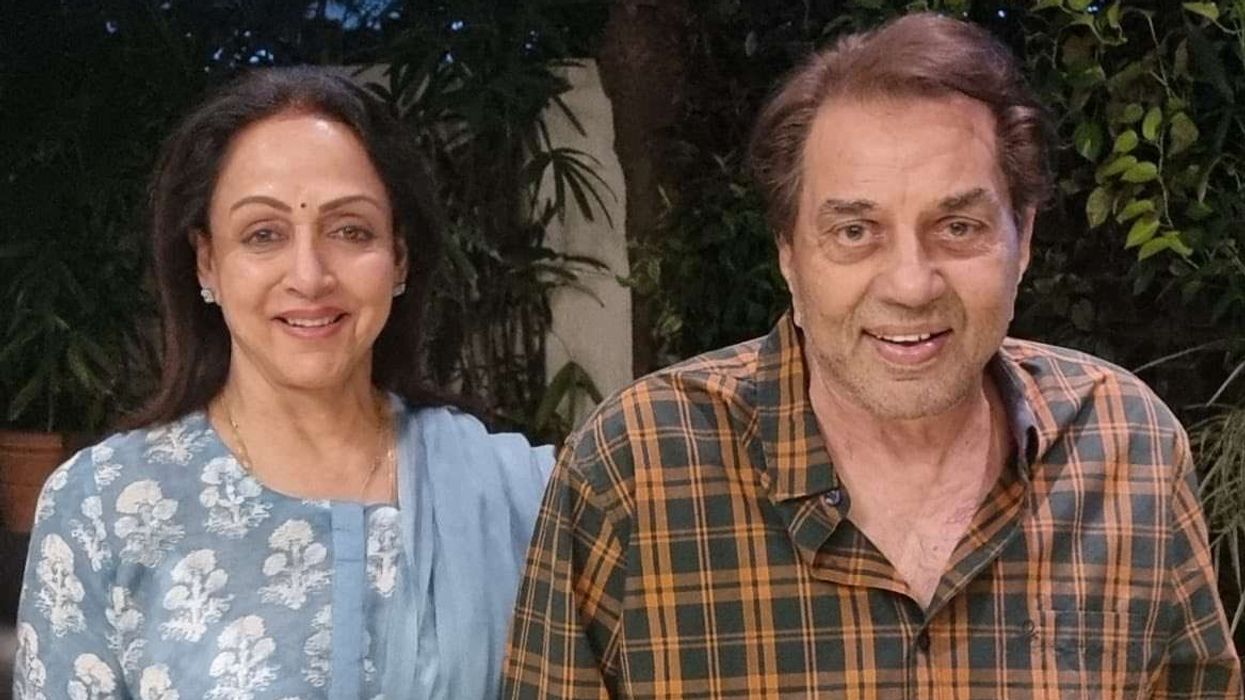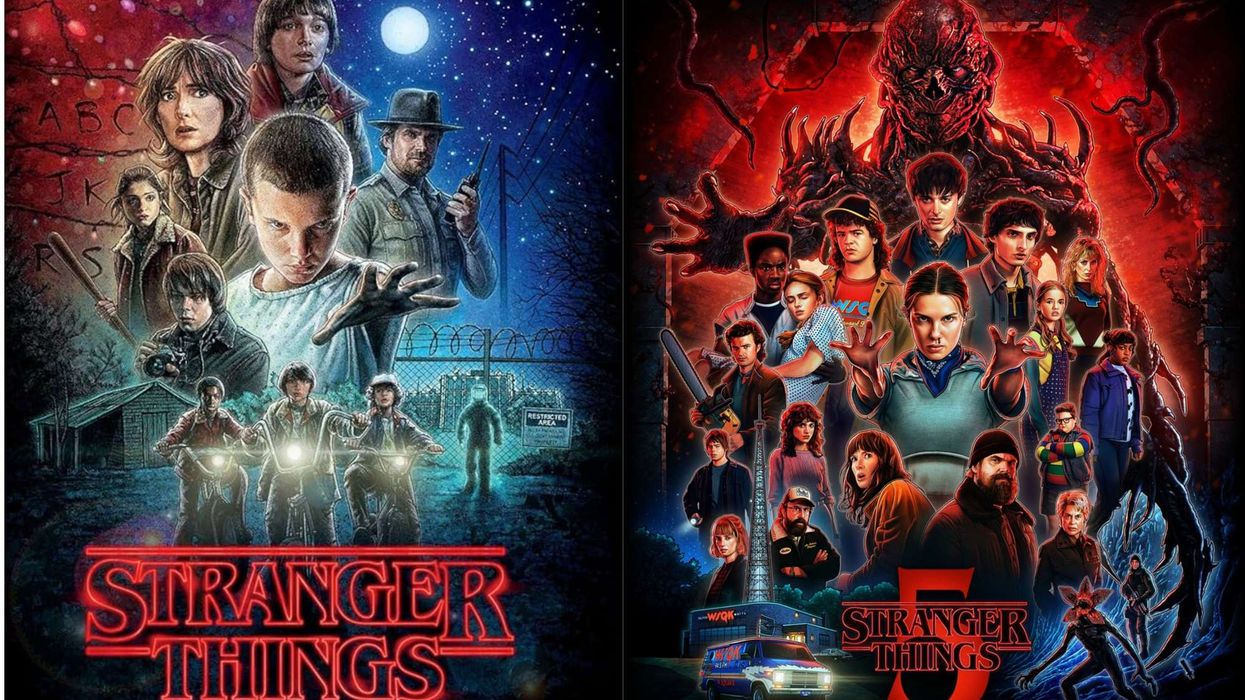Anusha Mani’s artistic journey has been anything but conventional. Revered as the velvety voice behind Bollywood chartbusters like Lazy Lamhe, Tera Rastaa Chhodoon Na, and the irrepressibly catchy Gulaabo, she has carved out a distinctive niche for herself as a singer, lyricist, and now actress.
With a foundation in Indian classical and Carnatic music, and a career launched by a serendipitous meeting with Shankar Mahadevan, Anusha’s rise to prominence has been a blend of talent, timing, and tenacity.
Over the years, she has lent her voice to everything from big-ticket Bollywood productions to indie projects, explored diverse languages and genres with ease, and even penned lyrics for memorable tracks like Dil Mein Jaagi. But her creative curiosity did not stop at the recording studio. In 2025, Anusha stepped into the world of acting with her web series debut Hai Junoon, embracing a new challenge that once seemed unimaginable.
In this candid conversation with Eastern Eye, Anusha reflects on the unpredictability of her career, the joy of reinvention, the songs closest to her heart, and the passion she has discovered in front of the camera.
How do you reflect on your journey in music?
It has been extremely unpredictable and gratifying at the same time. I never intended to become a playback singer, and my journey has been a sum total of chance meetings with the right people at the right time. Each experience has led me to the next chapter. The disappointments and failures have taught me the value of patience, perseverance, and living in gratitude. I do not take anything I have for granted anymore.
What has been your most memorable moment on your music journey?
Meeting Shankar Mahadevan ji with my demo and getting called the very next day to sing for Johnny Gaddar is by far my most memorable moment. I had no expectations, no self-belief that this would happen. It changed my life in a very drastic way, in that I started believing in myself more and began taking more chances in life.
Which of your songs has been closest to your heart?
It is hard to pick just one. I have many that are close to my heart. Lazy Lamhe because it was the biggest hit of the year and put me on the map as a playback singer. Gulaabo because it gave me a fresh start of sorts and a lot of love from listeners. Dil Mein Jaagi from Dev D because I got to write the song too. I think it is impossible to pick just one.
Does your approach as a singer change between different languages?
The only thing that changes is the time it takes to get the words right and understand the meaning of the lyrics – which words to emphasise, getting the pronunciation correct, and so on. There are wonderful language supervisors and lyricists who really help you perfect the language. Sometimes you focus so much on pronunciation that you lose the emotion. I like to speak the lines out first, loudly like a conversation, a few times before singing them to get comfortable with the words.
What inspired you to go into acting?
To be honest, it was not inspiration but pressure from my team and family that pushed me to give it a shot. I always thought acting was not my cup of tea. It was a running conversation for over a decade with my husband, who kept insisting I was made to be on screen. It is strange how he saw something in me that I never did. I said yes thinking it would be a good experience to try something new.
What has the experience of acting in Hai Junoon been like?
From not wanting to act to now feeling so passionately about it, life has changed drastically for me over the past year. I had the most wonderful time playing my character – learning the dialogues, going to set, watching the collective effort that goes into making each scene. It felt like learning a new skill for the first time, with fascination and awe for the craft. It has blown my mind and made me respect actors and film crews so much more.
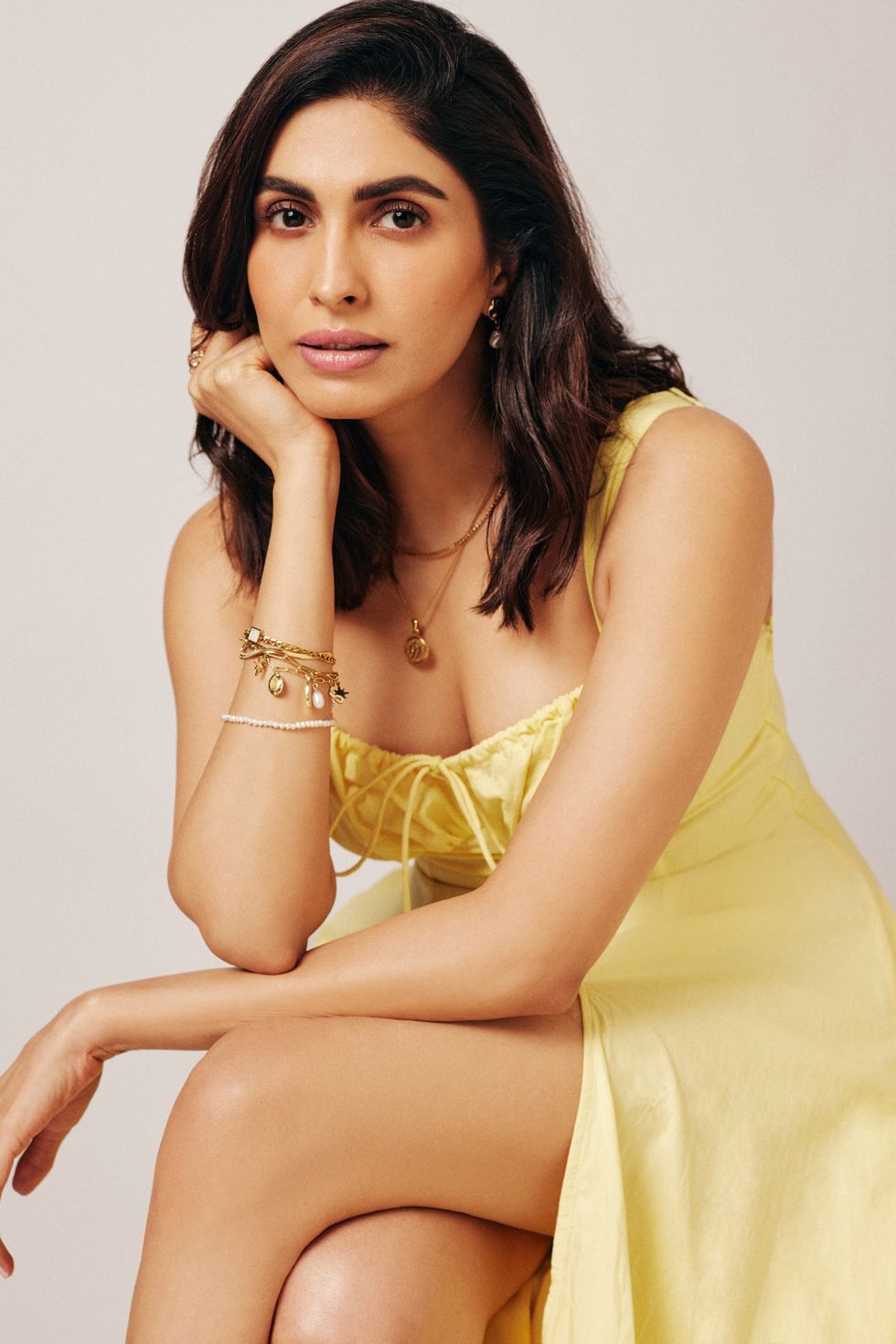
What is the biggest thing you learned while working on this show?
My biggest life lesson has been to never say no without giving something an honest shot. I would not have done this show if I had listened to the voice that kept doubting myself. I cannot be the naysayer in my life. Changing that perspective has been hard, but it has also given me a new purpose.
Is the plan now to balance acting and music?
Absolutely. I am in the middle of recording new singles while also doing meetings and auditions. It is a long process and only time will tell how things turn out. I just want to enjoy the journey and soak it all in.
What are your biggest passions away from work?
I love animals. I sponsor a camel in an equine rescue place in Karnataka called The Backwater Sanctuary. Zoha, who runs the place, is just incredible, and I feel privileged to contribute in the smallest way. I also enjoy working out – going to the gym and weight training with my trainer is very therapeutic for me. (Smiles) Other than that, because our lives are so hectic, doing absolutely nothing with my husband is something I am very passionate about.
What music dominates your own personal playlist?
Oh, it is a strange mix of Marathi natya sangeet, ghazals, Bollywood songs by some of my favourite composers like AR Rahman, Shankar Ehsaan Loy, Vishal Bhardwaj, and Pritam. Then there is John Mayer, Ed Sheeran, Sting, and some film scores. It is an odd blend and gets played during both cardio and naps on flights.
You have sung, written songs, and acted – is there anything else you would love to do in the creative field?
If I can do these three things properly, with constant growth and learning, that will be enough for now. I am not someone who always wants to keep working. I value quality time with family, alone time, playing with my dog, and just pausing every now and then to be still. Life cannot always be about doing something.
What inspires you?
Stories of resilience, patience, and focus, but also stories of kindness, empathy, and working for the greater good. My brother is a huge inspiration for the way he leads his life with empathy and focus. My husband inspires me every day. I learn patience and kindness from him. Even my house help, whom I call my house manager – she is particular and punctual every single day and has never complained in 12 years. She is very inspiring to me. There is something to learn from almost everyone if you are willing to look around and stay open.
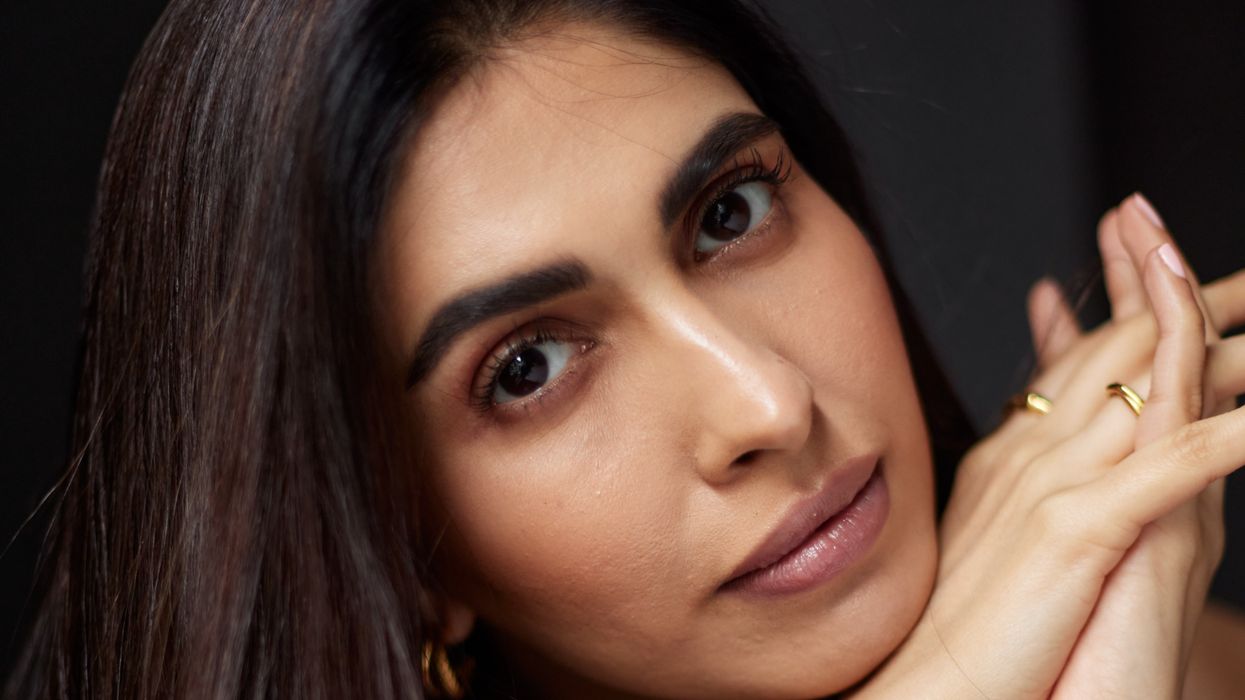
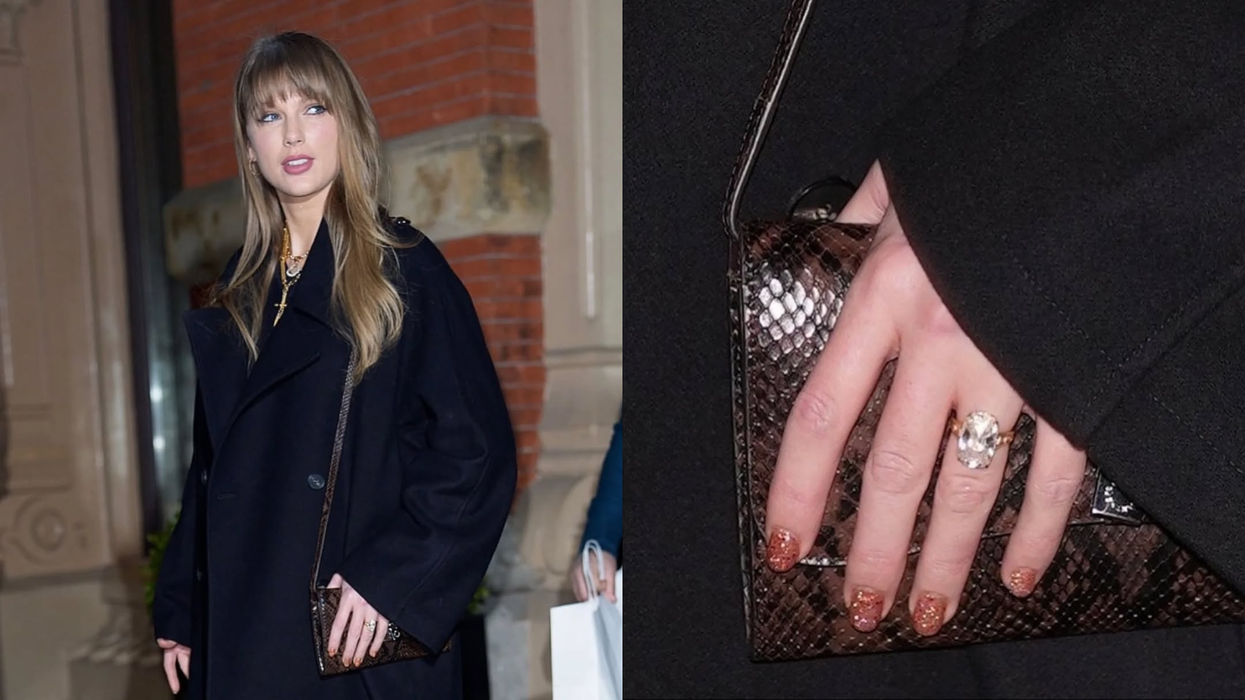
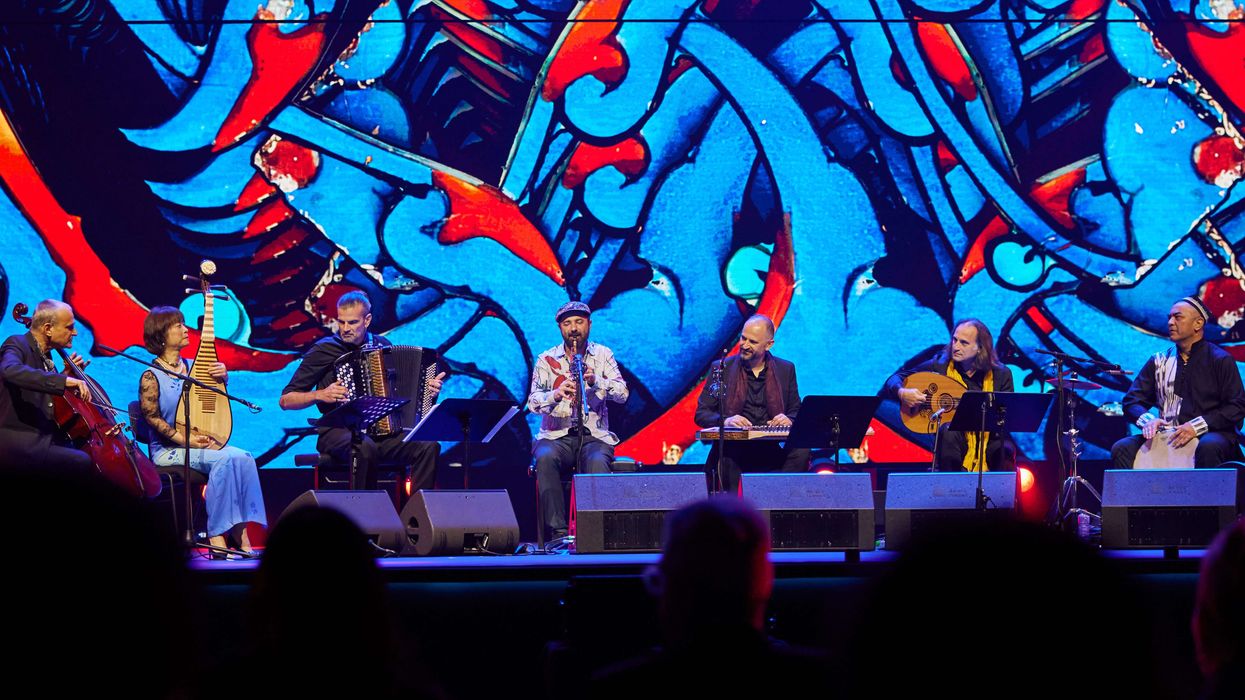
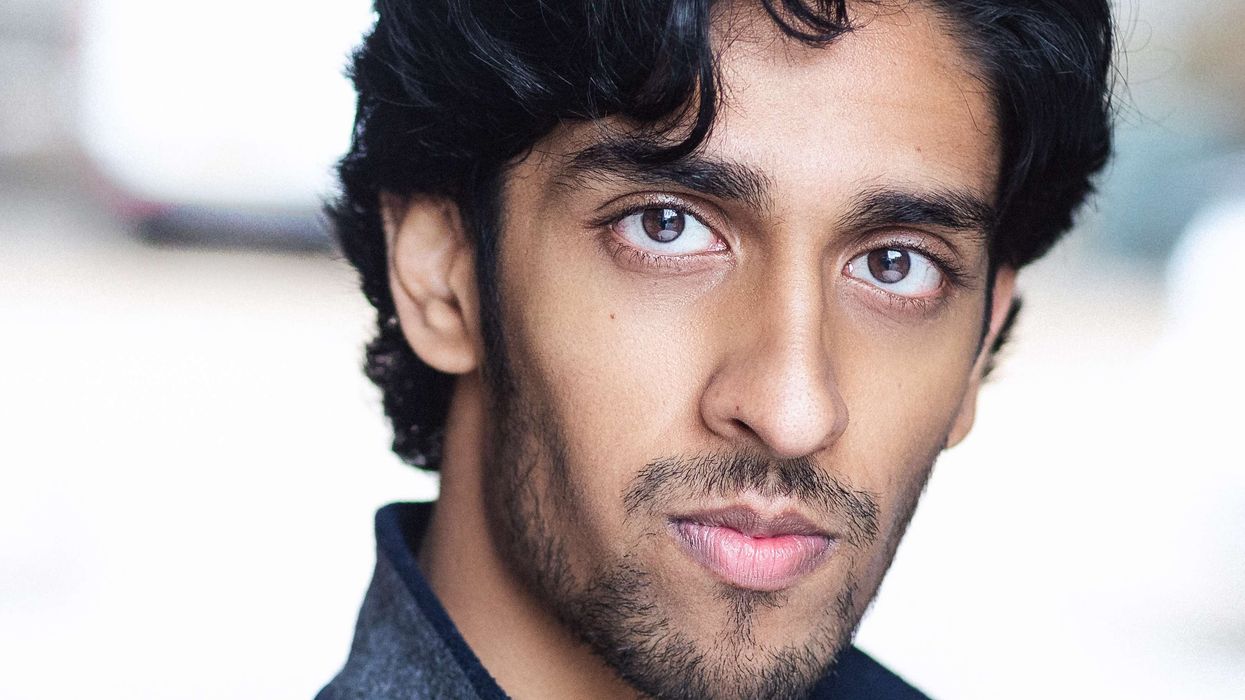
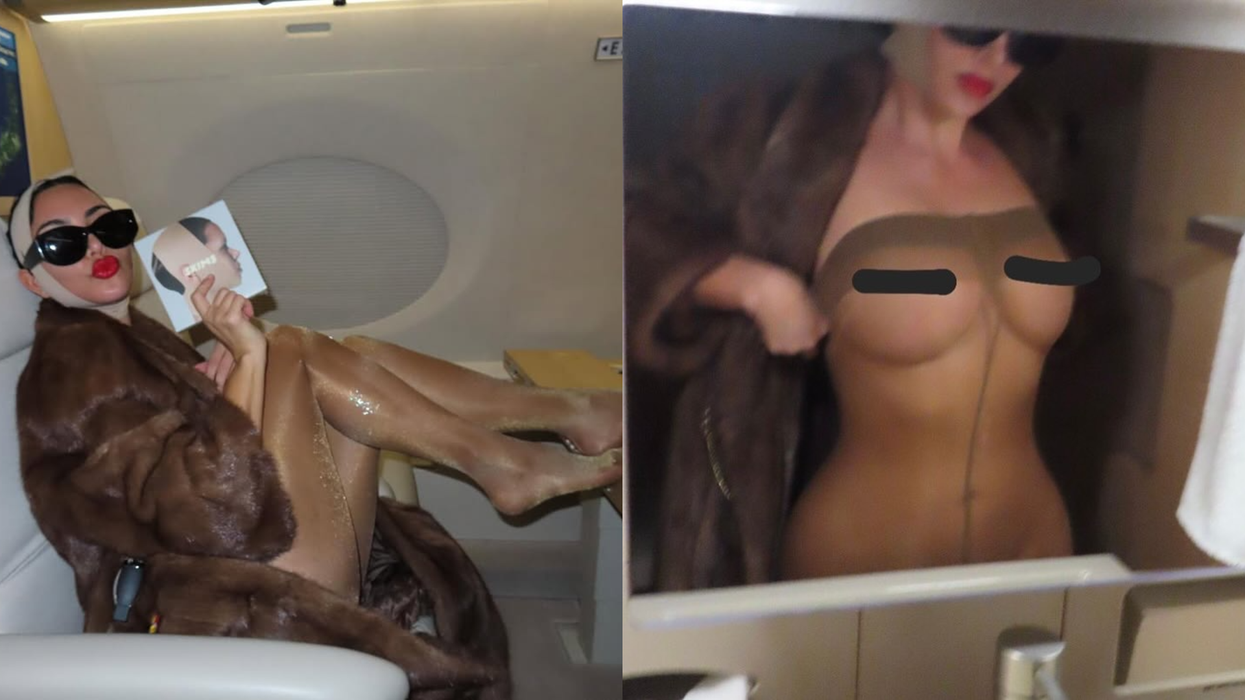
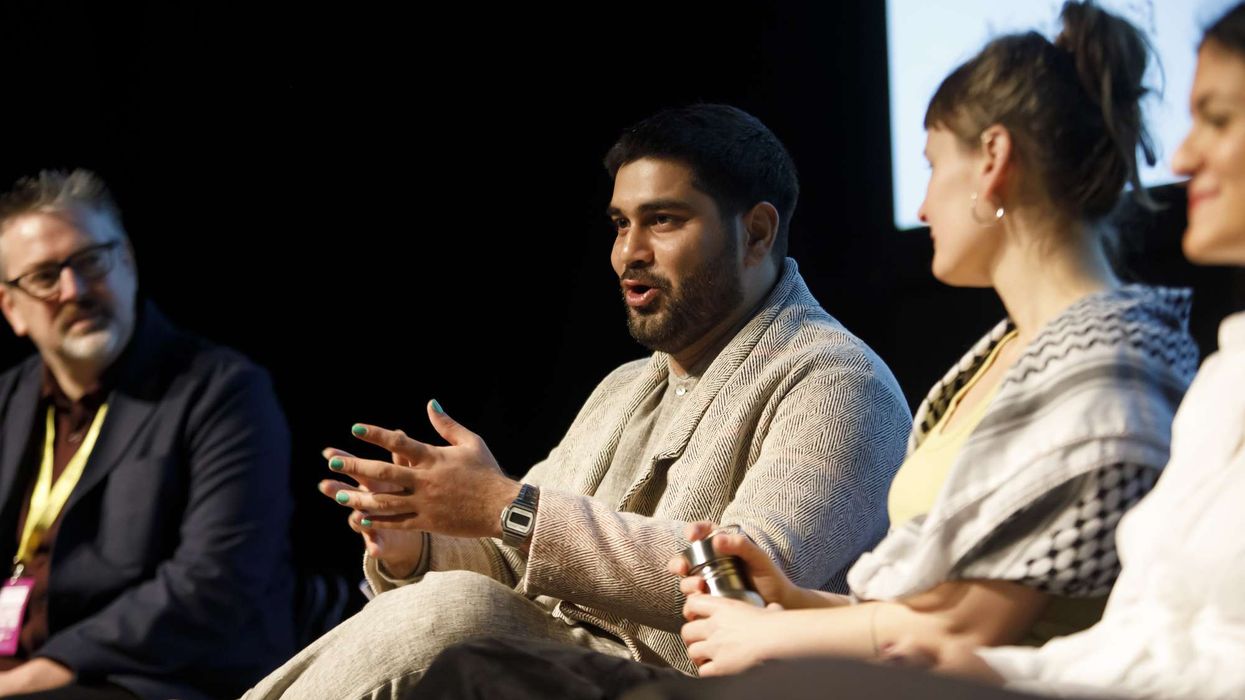
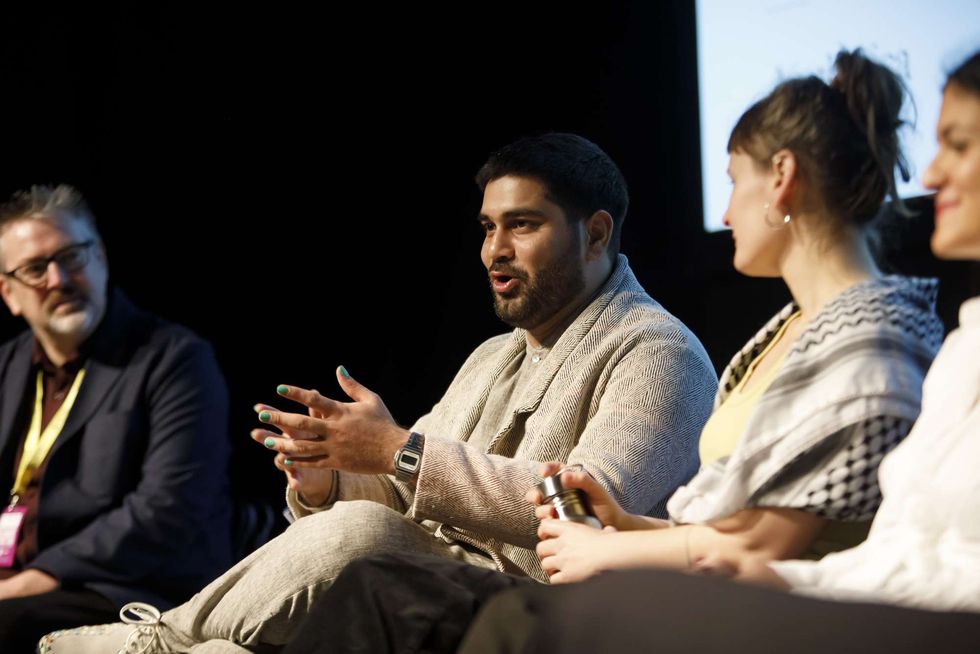 Two Sinners marks Samir Zaidi’s striking directorial debut
Two Sinners marks Samir Zaidi’s striking directorial debut 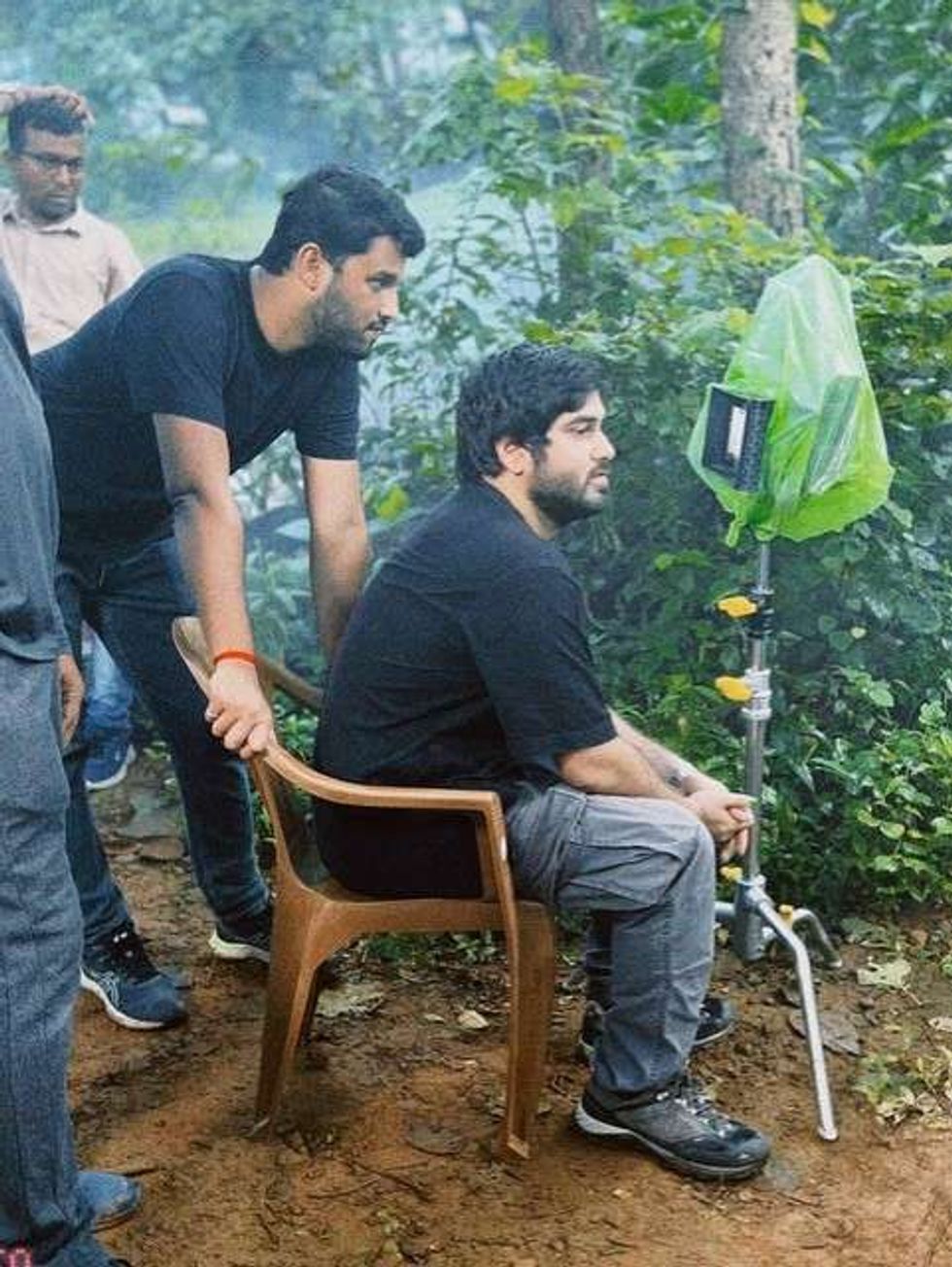 From assistant to auteur: Samir Zaidi’s journey in film
From assistant to auteur: Samir Zaidi’s journey in film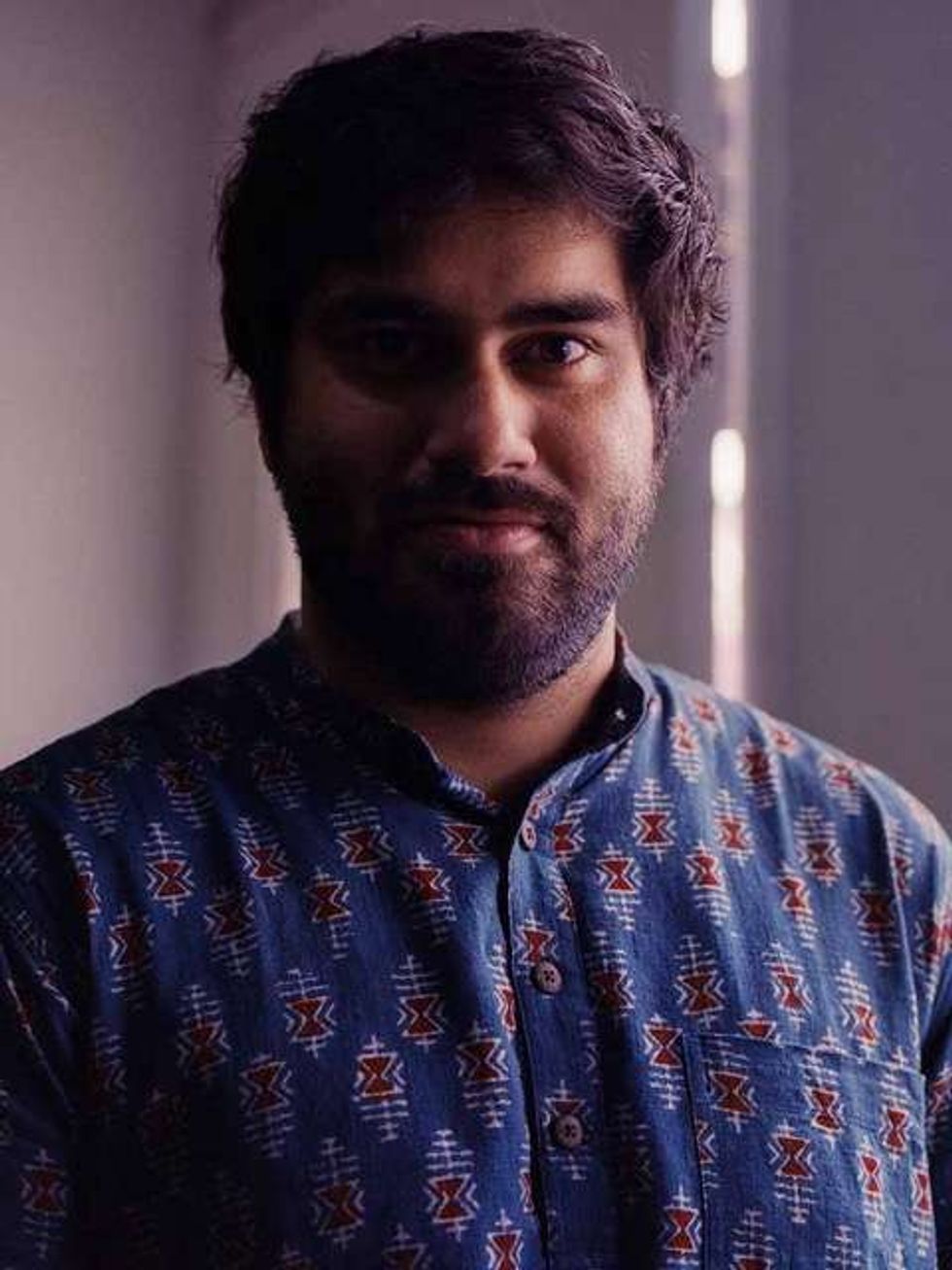 Zaidi’s Two Sinners earns acclaim on the festival circuit
Zaidi’s Two Sinners earns acclaim on the festival circuit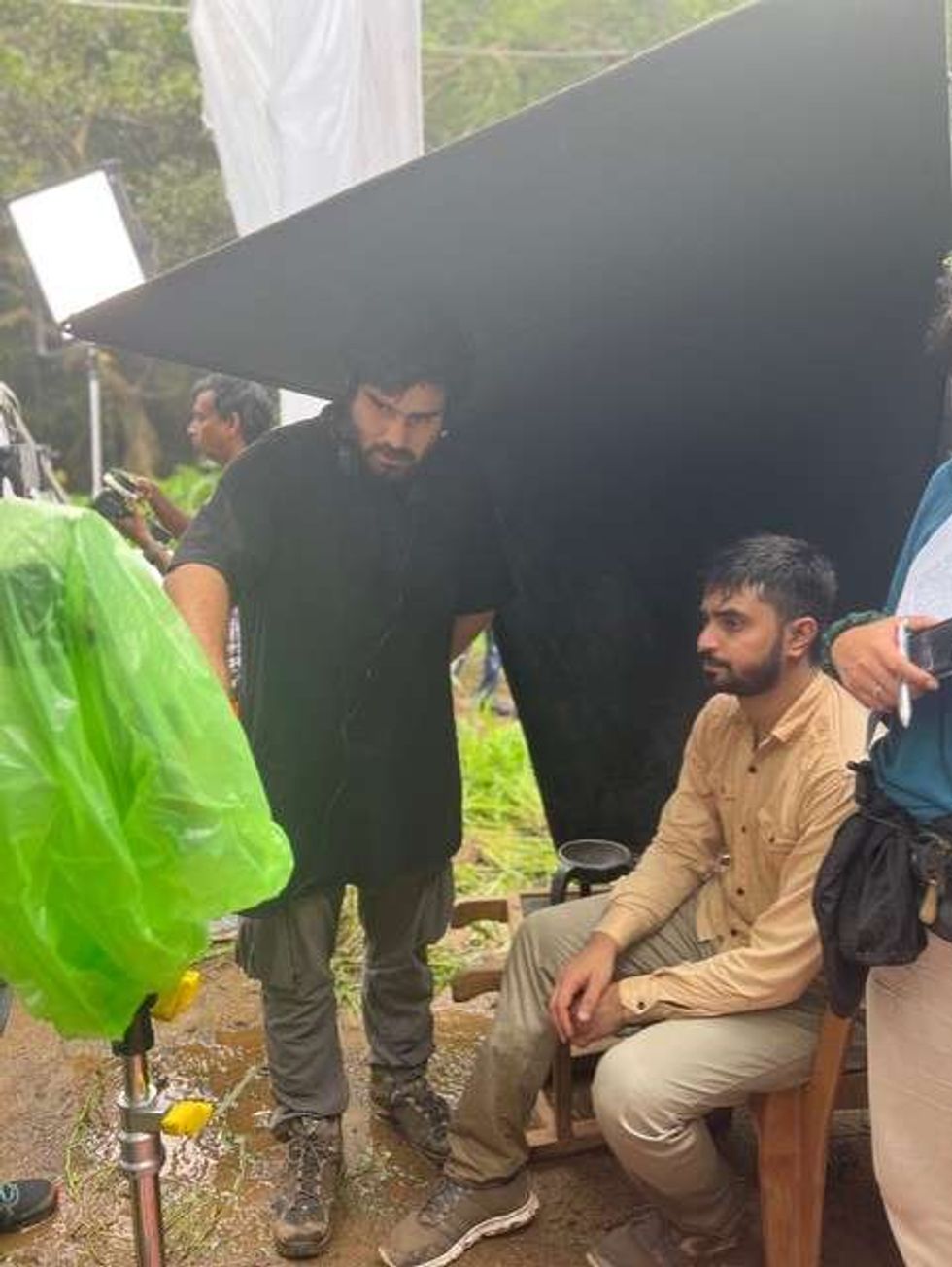 Indian cinema discovers Samir Zaidi’s quiet, powerful vision
Indian cinema discovers Samir Zaidi’s quiet, powerful vision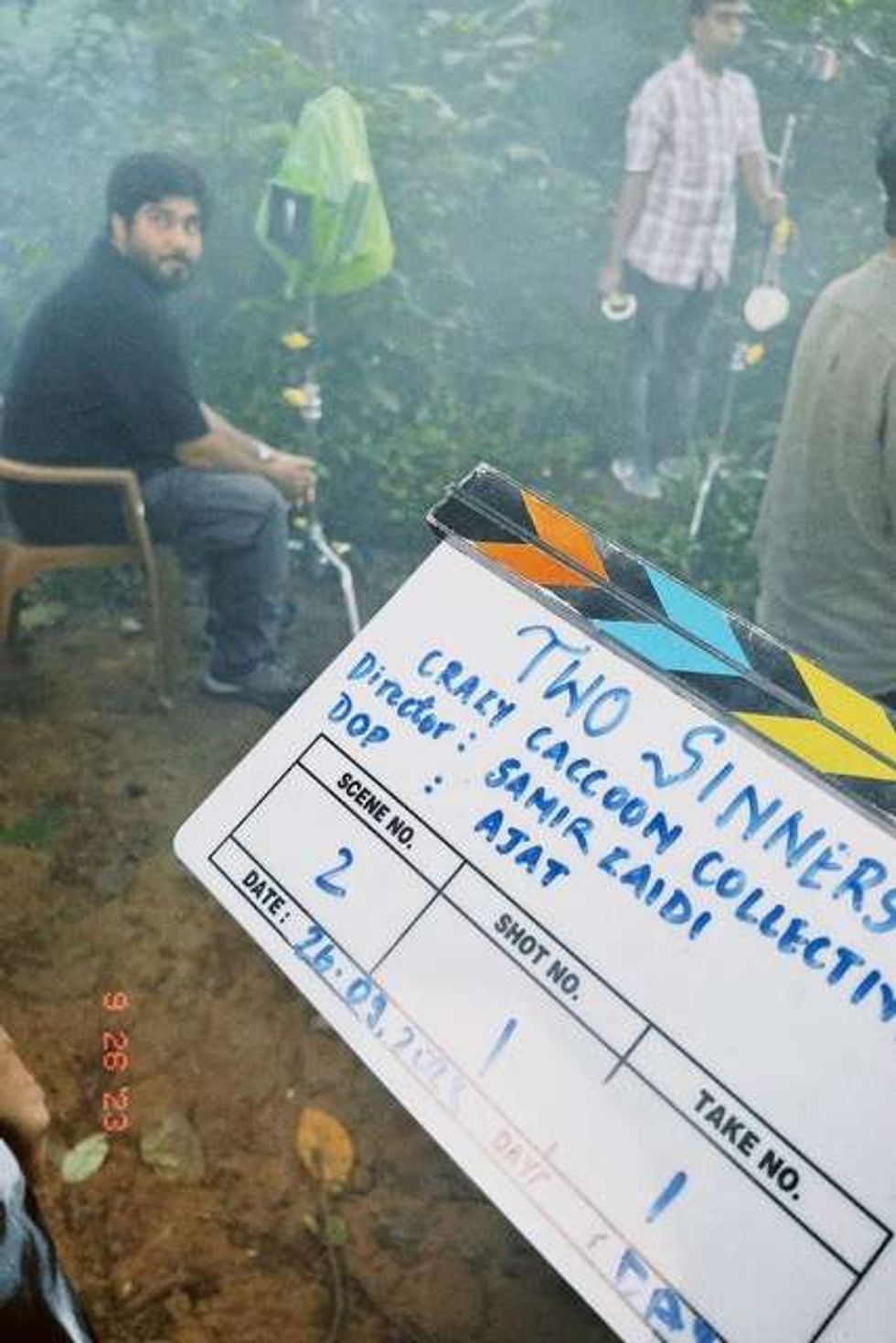 Samir Zaidiwith the Clap Board
Samir Zaidiwith the Clap Board